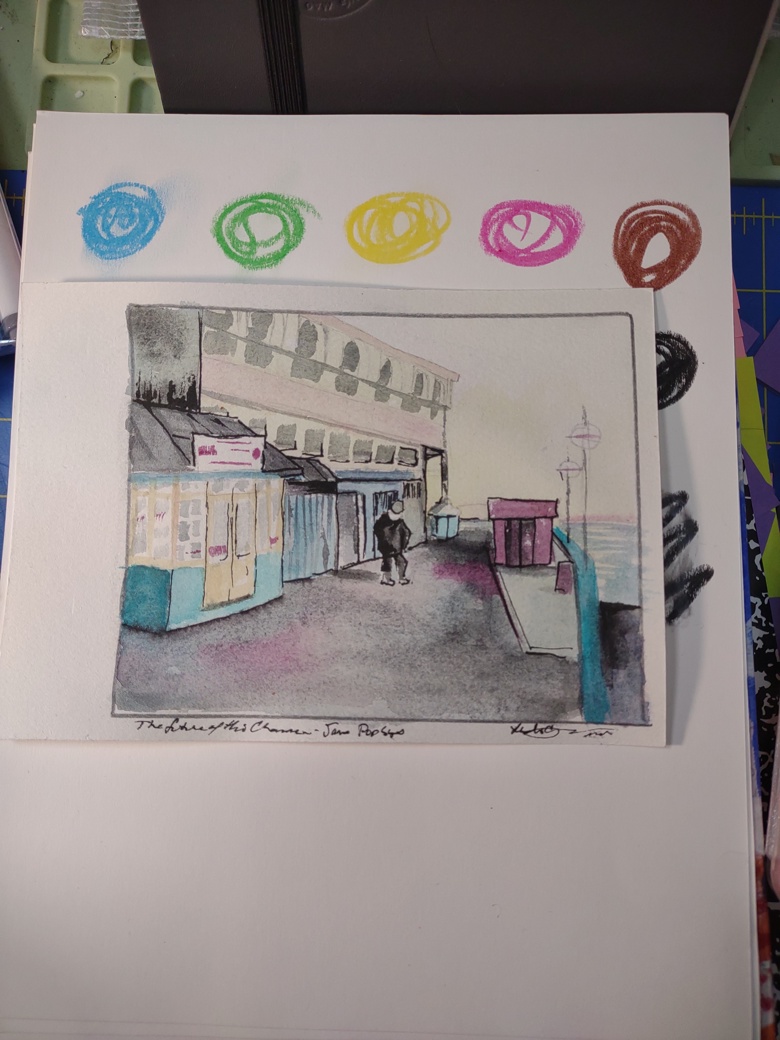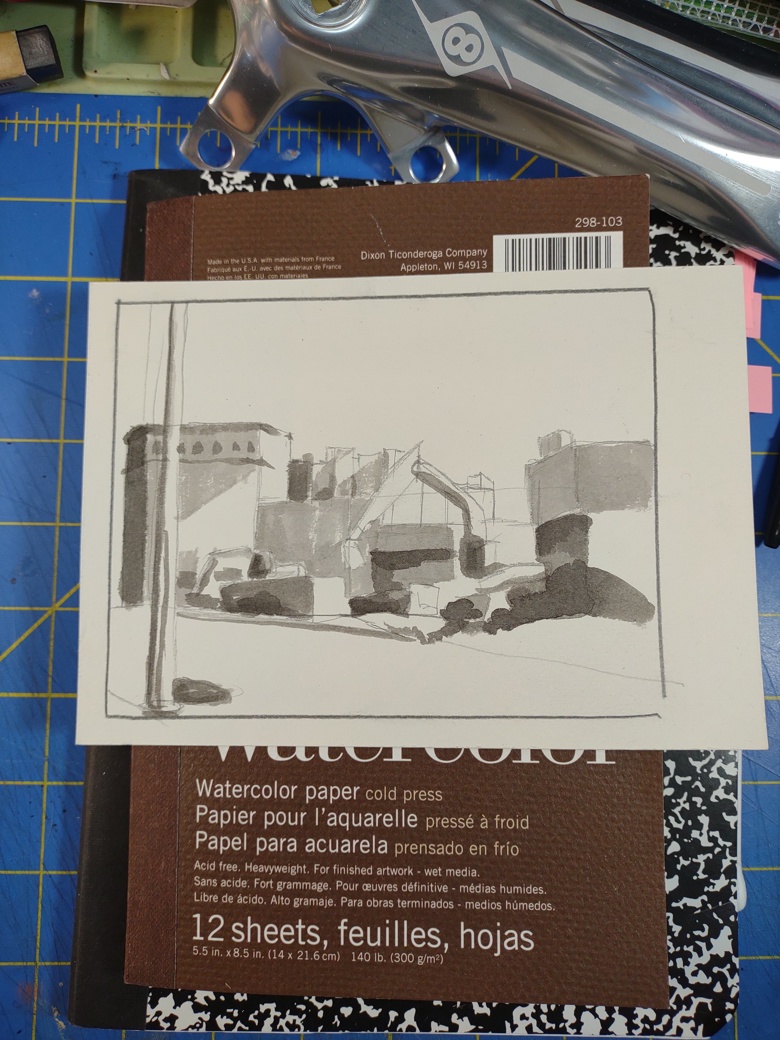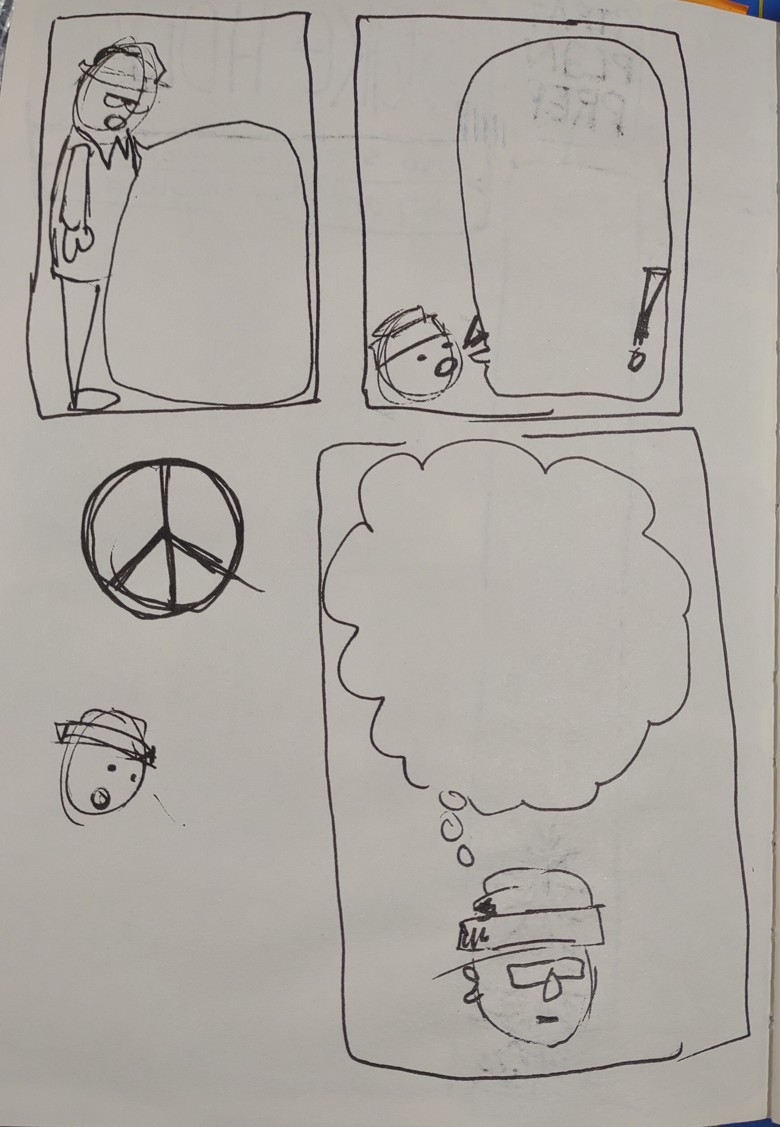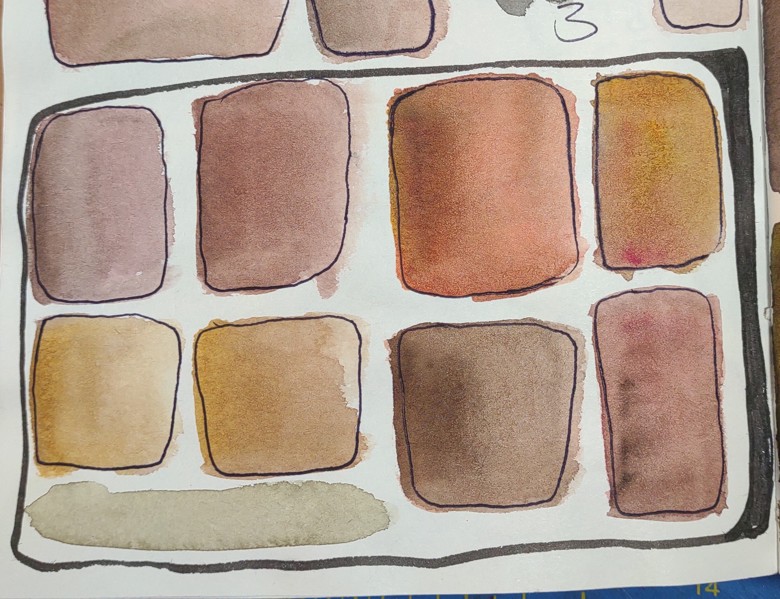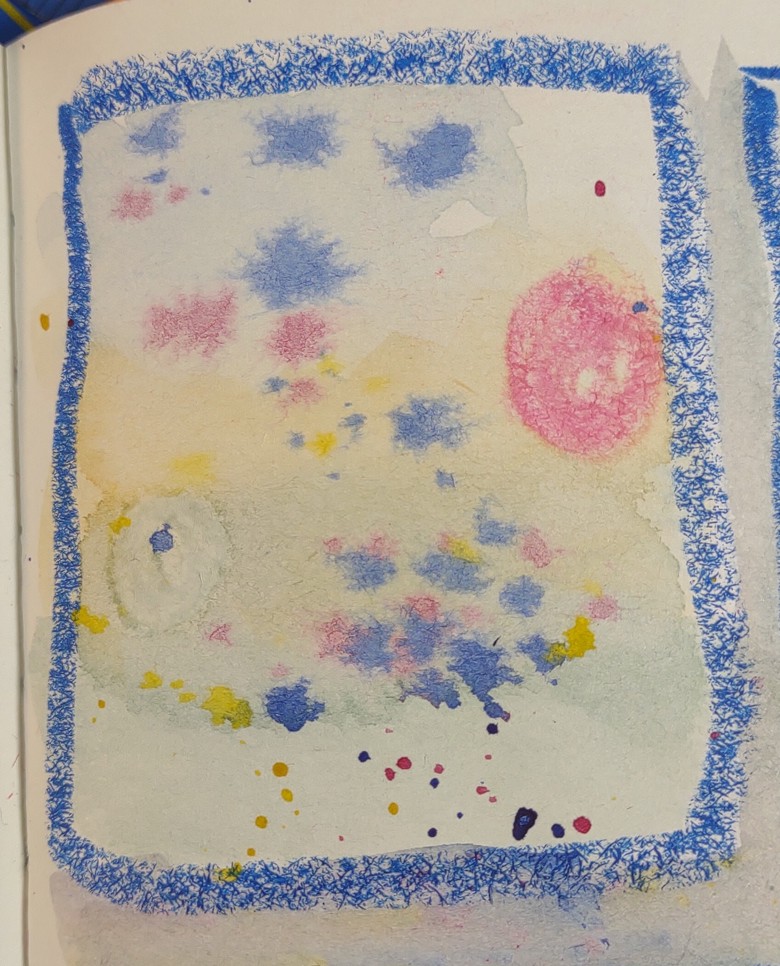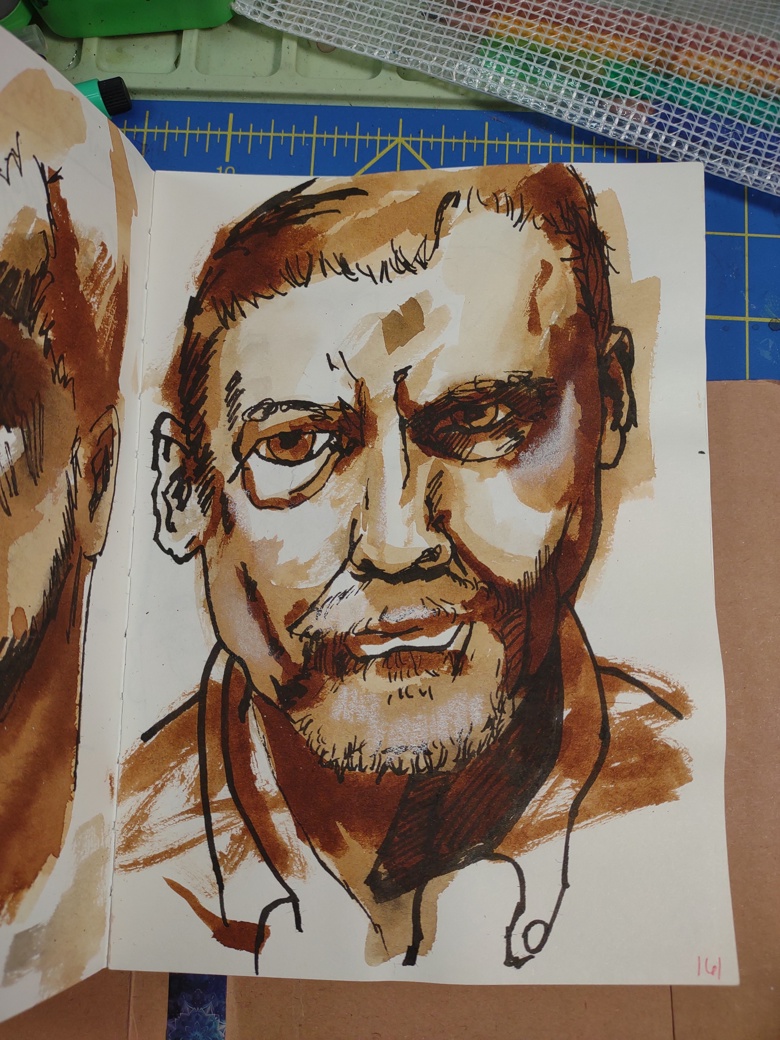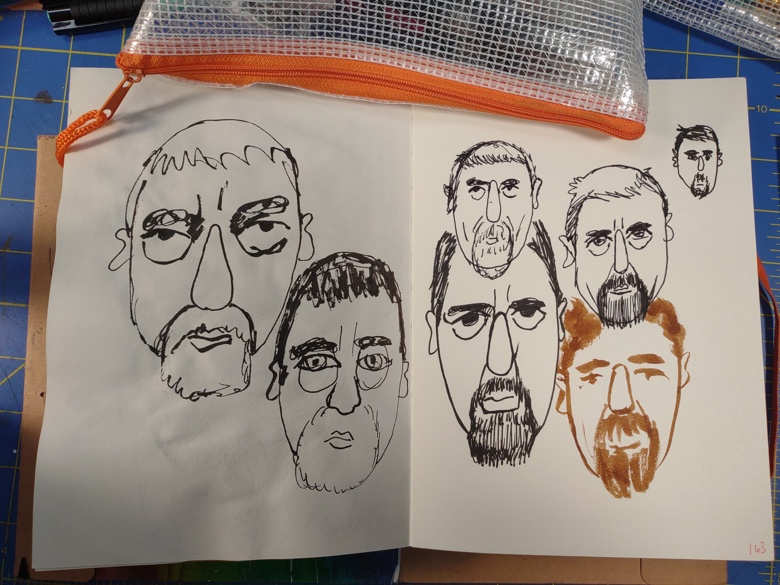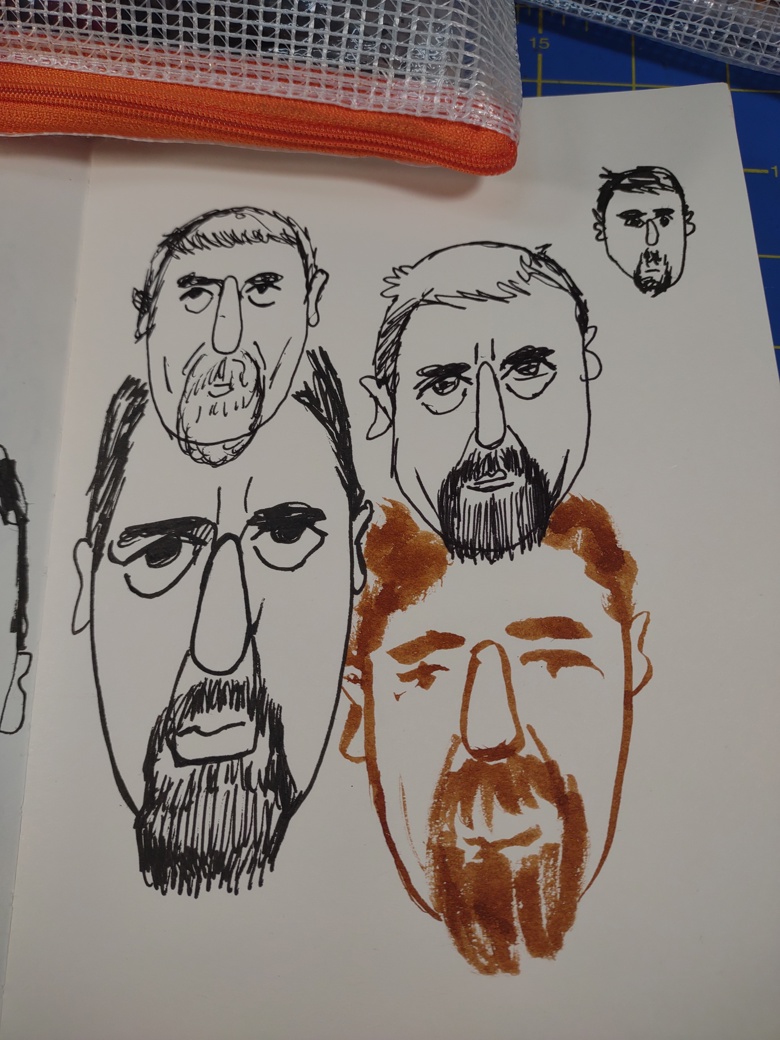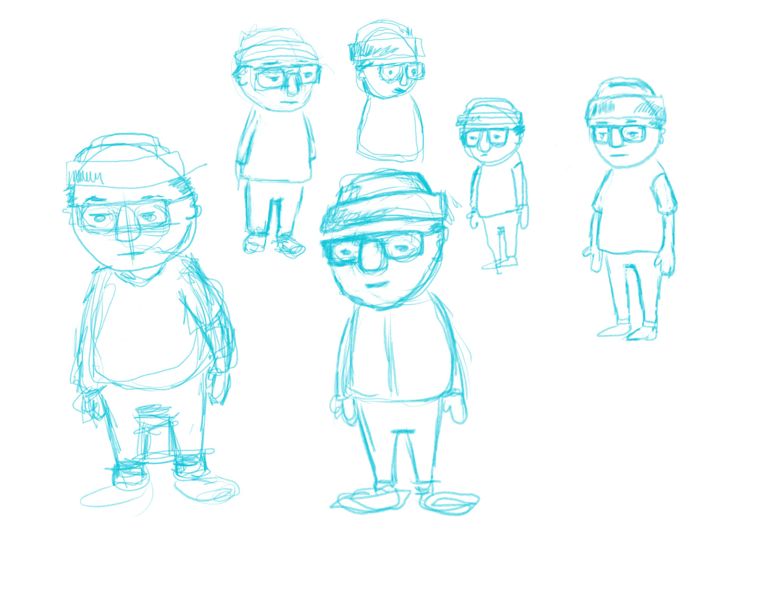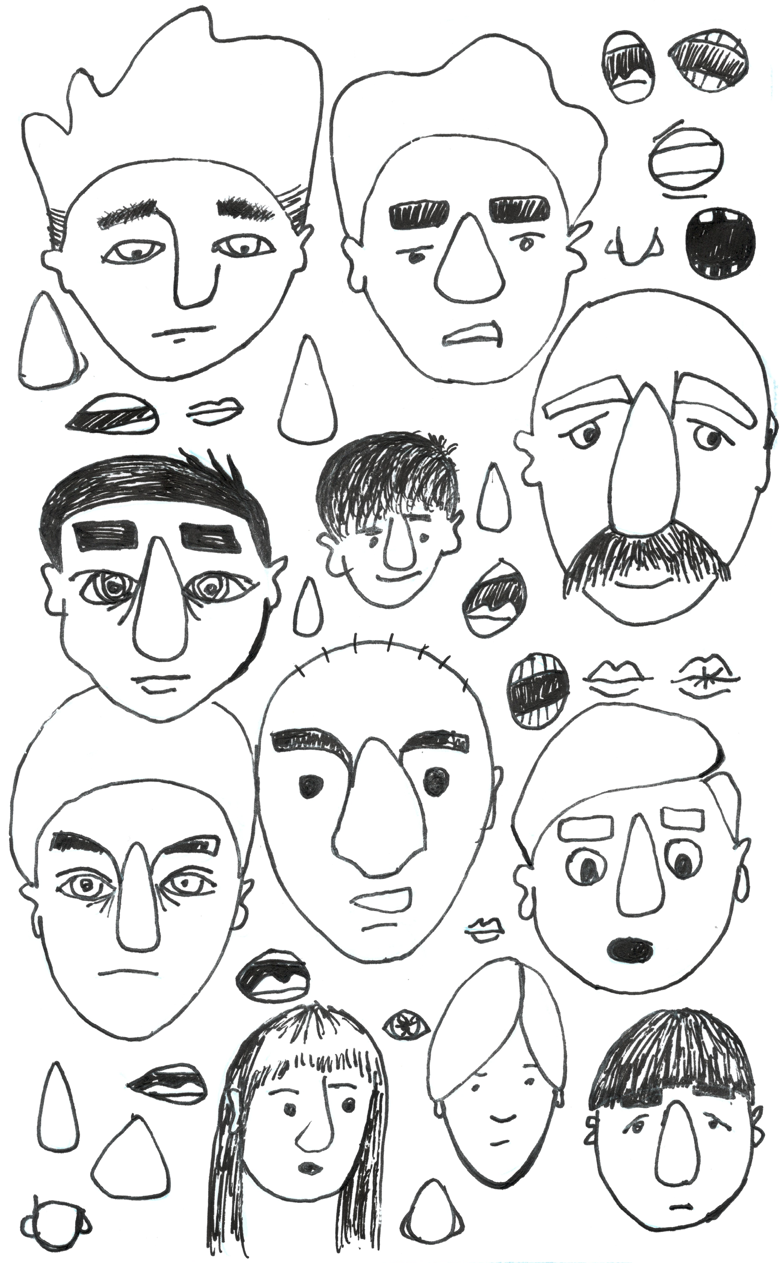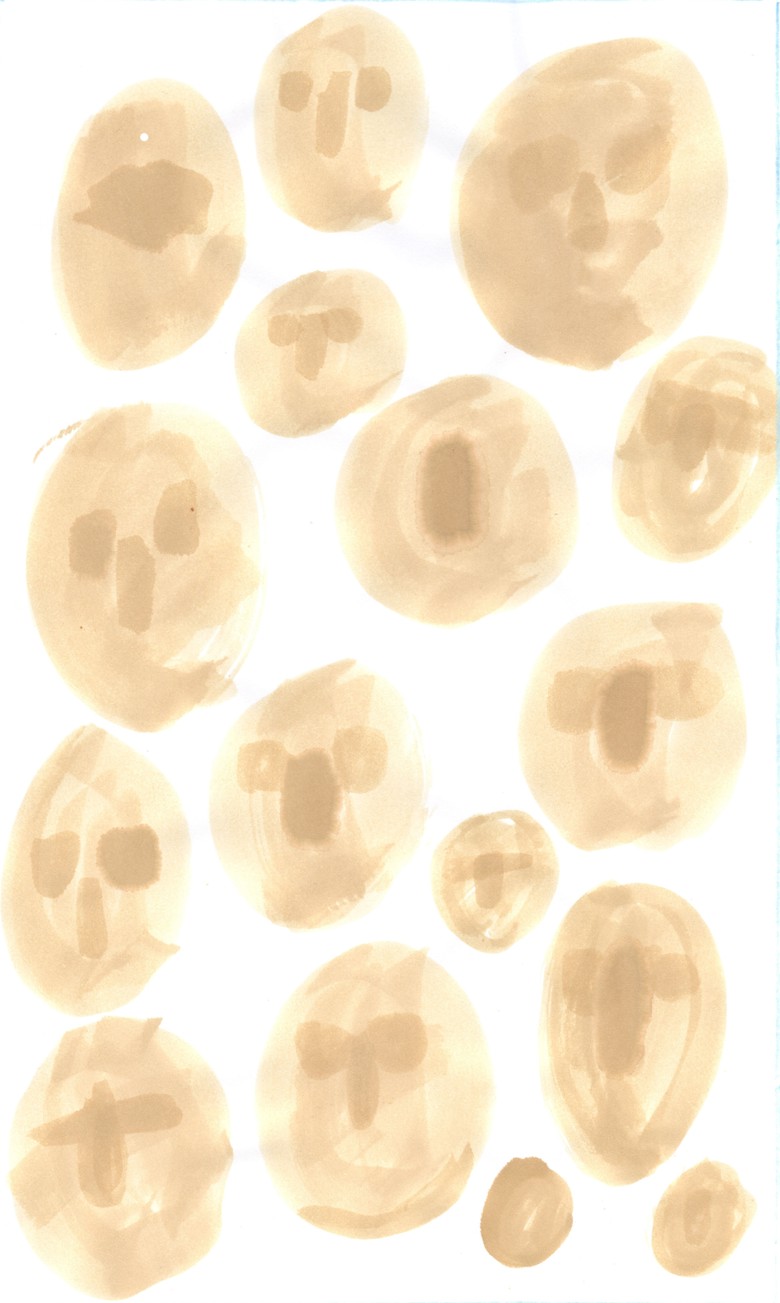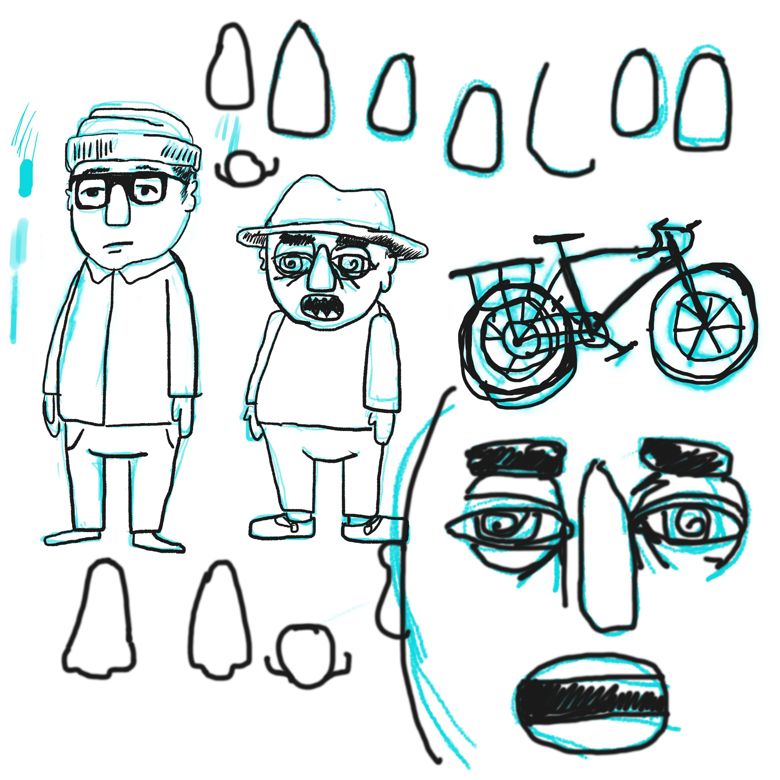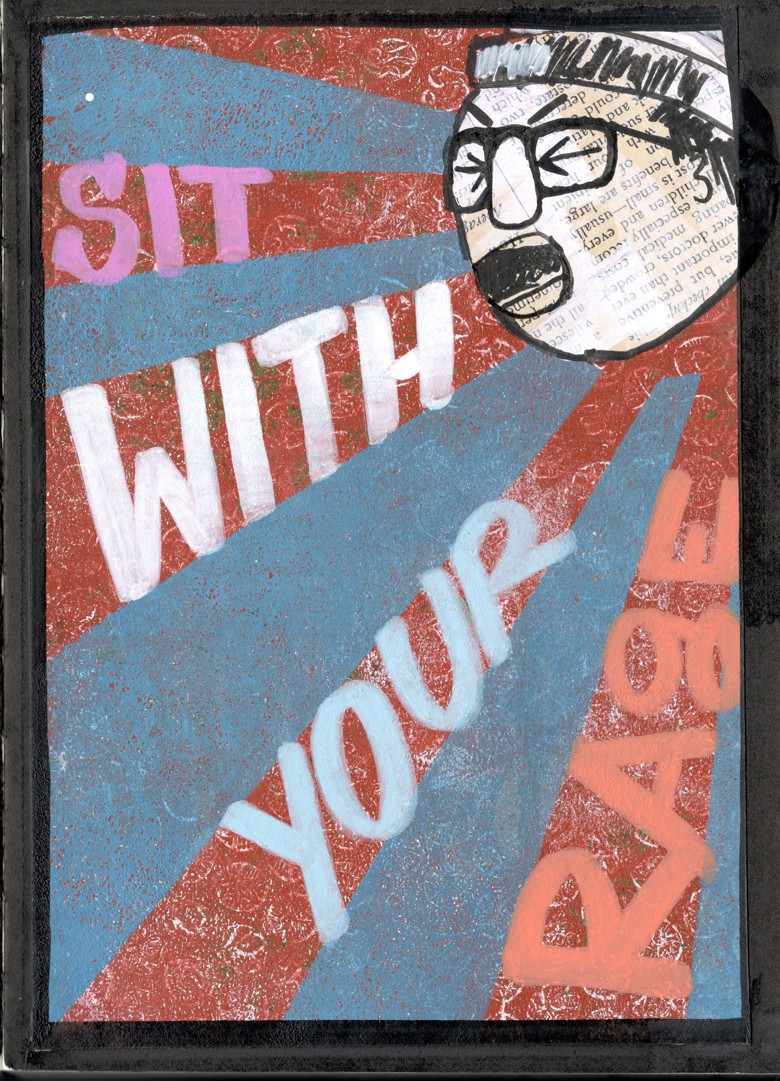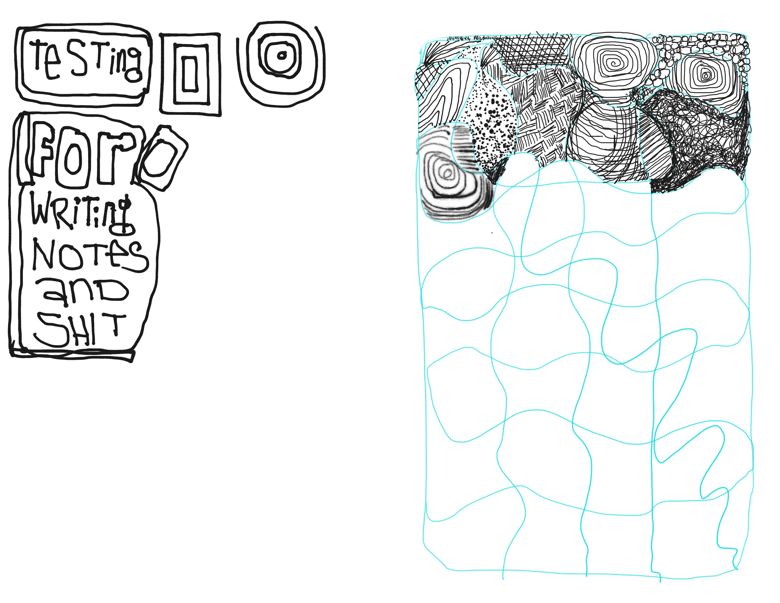I mentioned in a previous post that I’d explore the topic of what it means to “get better at art.”
Each of us has a different definition of what better means.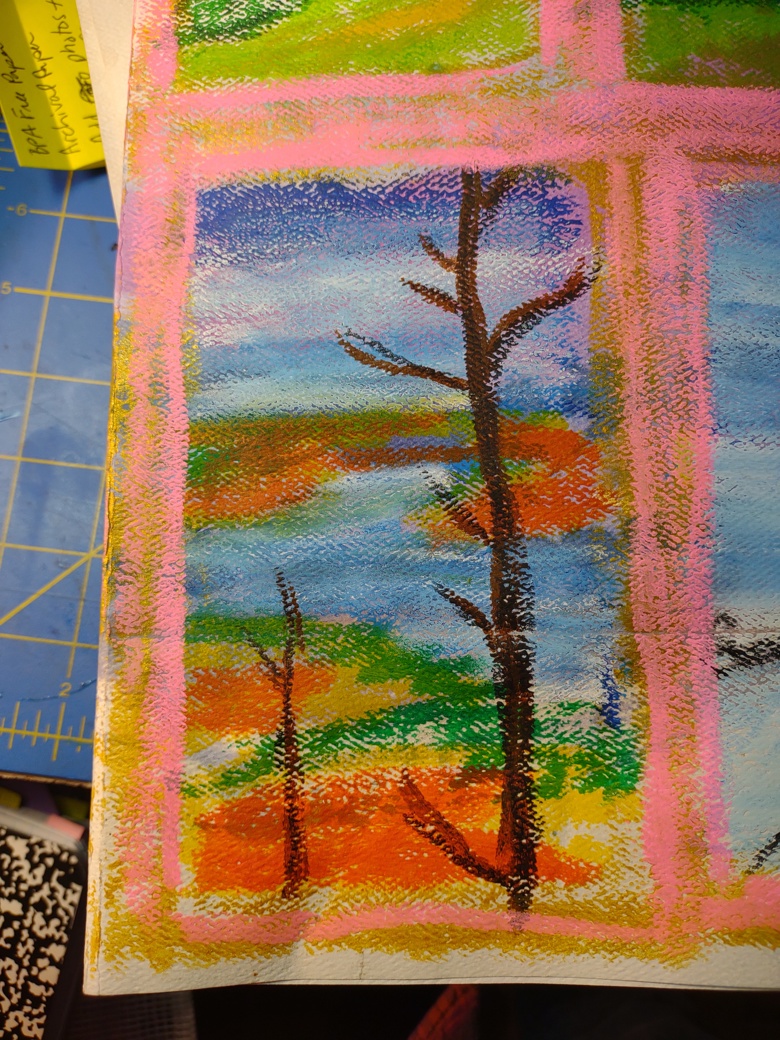
I believe it helps to define what better means. If I look at the art I’m making and I’m thinking, “I can do that better. ” Or, “I don’t like that.” I need to figure out why I don’t like the piece or why I think it needs to be better.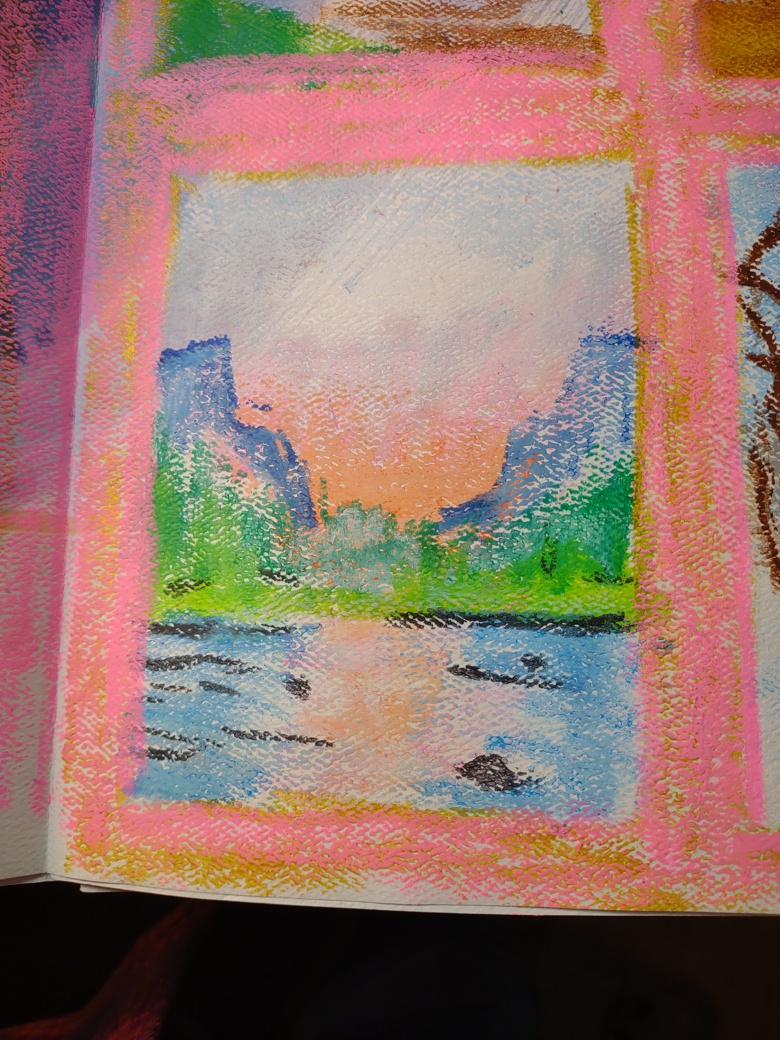
For instance, I have felt like my landscapes were off, and it was easy for me to look at them and label them as stiff and boring. Around 15 years ago I looked at my portraits and thought, “I’d like to do those better.” Initially with portraits that meant doing them realistically. Then I realized I wanted them to be more about the personalities than fully realistic. Vibes not realism. So I set about getting looser with my portraits.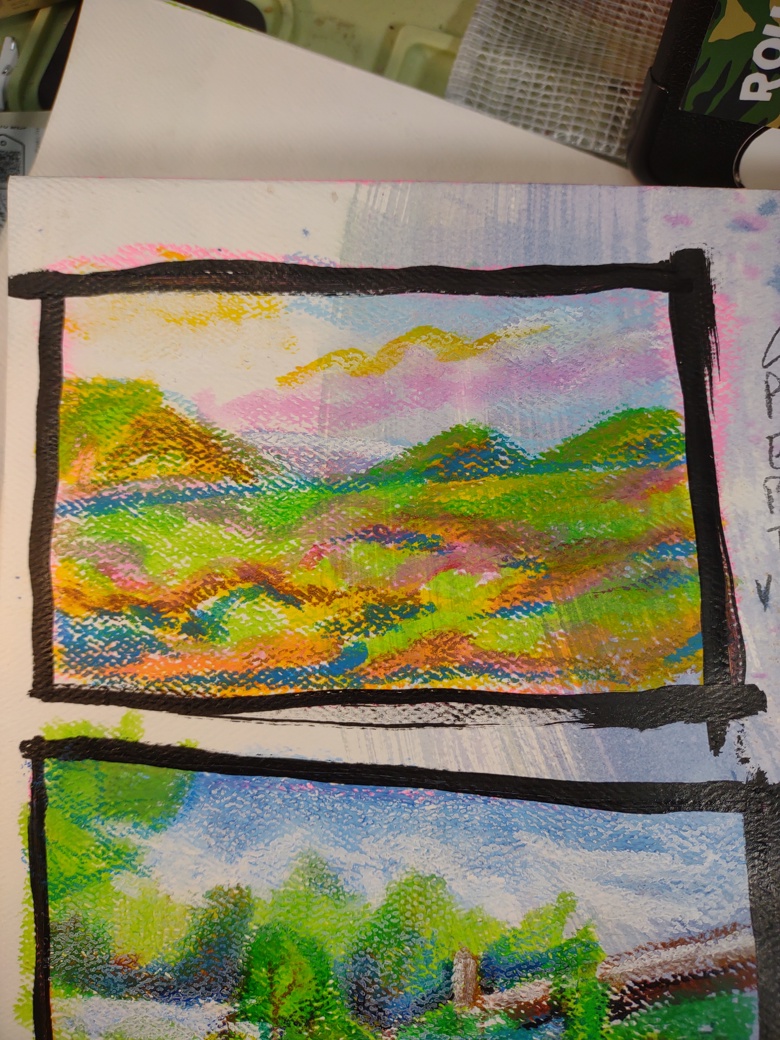
As for my landscapes I’m making a lot of landscapes. I’m forcing myself to look at values and contrast and I’m making myself work loose.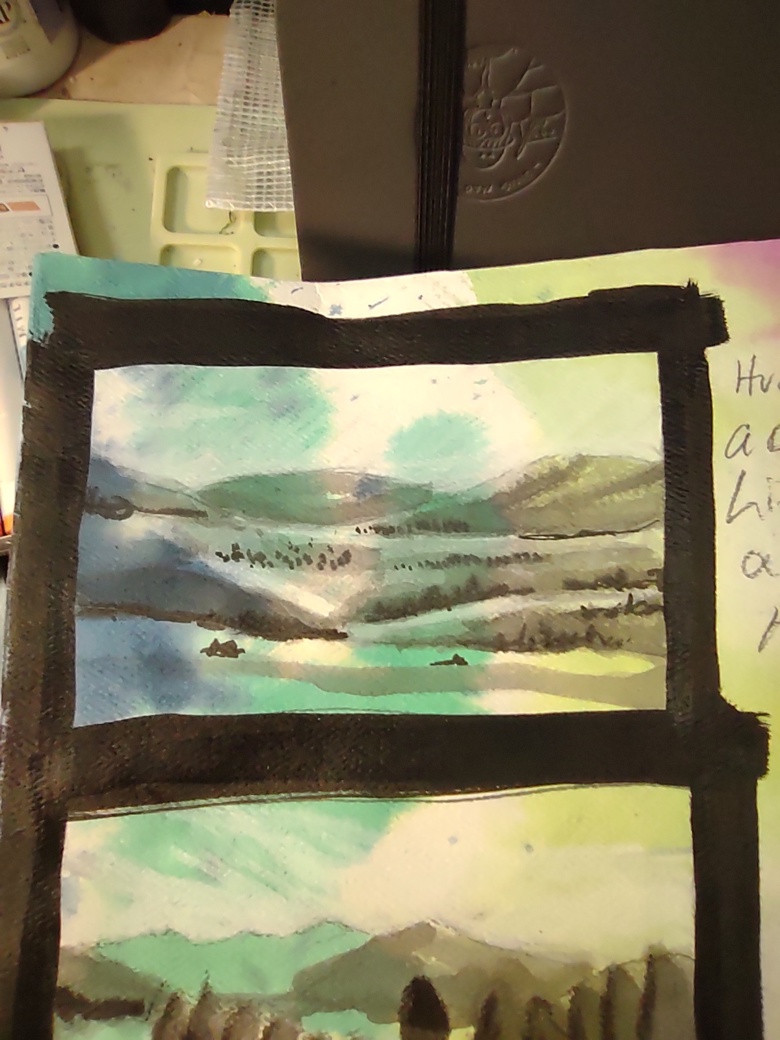
I’m using chunky materials on toned papers and attempting to be loose. I’m looking at the values. I’m making values studies. I’m trying to work fast. I’m trying to get the idea down and then go back and add in more contrast and value. I’m worrying less about details and more about the vibe of the landscapes.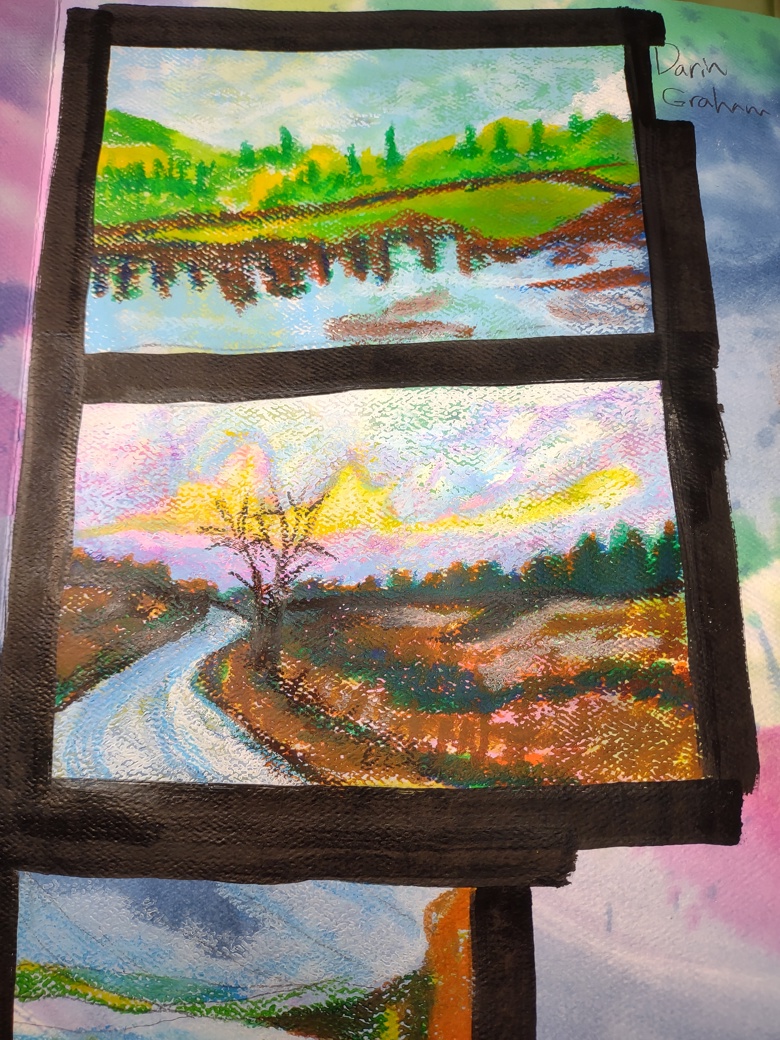
In just a week of concentrated study my landscapes have gotten better. (IMO)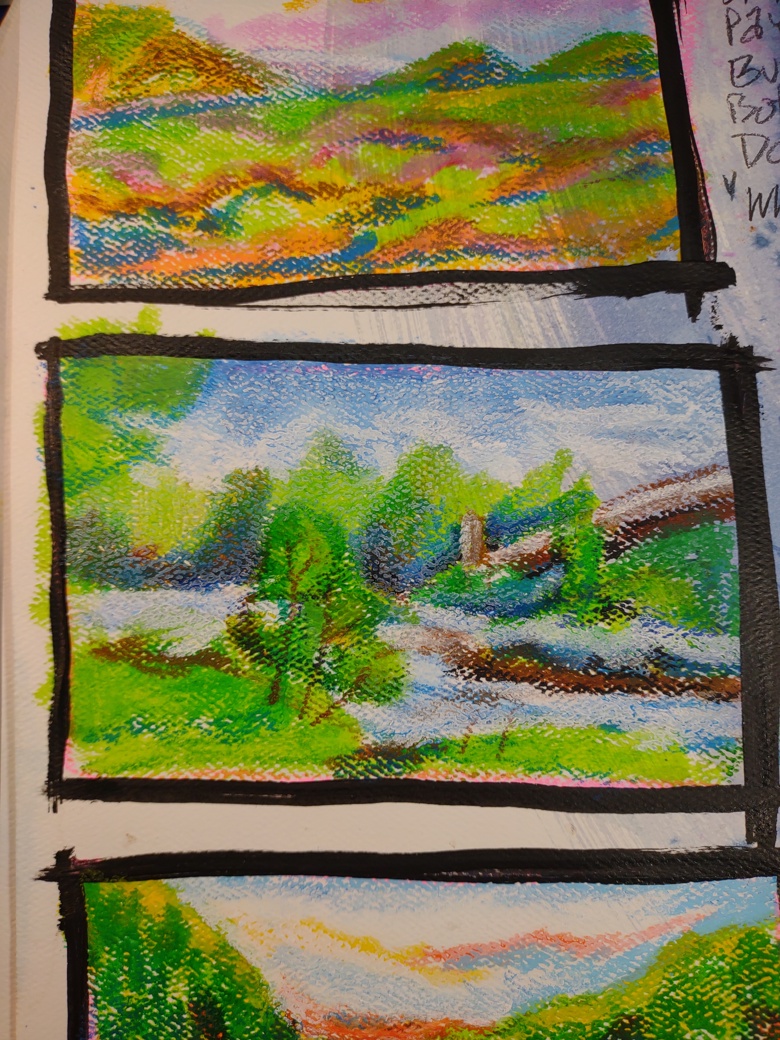
It’s back to basics but it is also defining what I mean by getting better. I could have just made a few dozen landscapes without a goal in mind, but without that goal I flounder. Without a goal I make image after image and get frustrated about why my art isn’t getting to where I want it to be. I go in circles.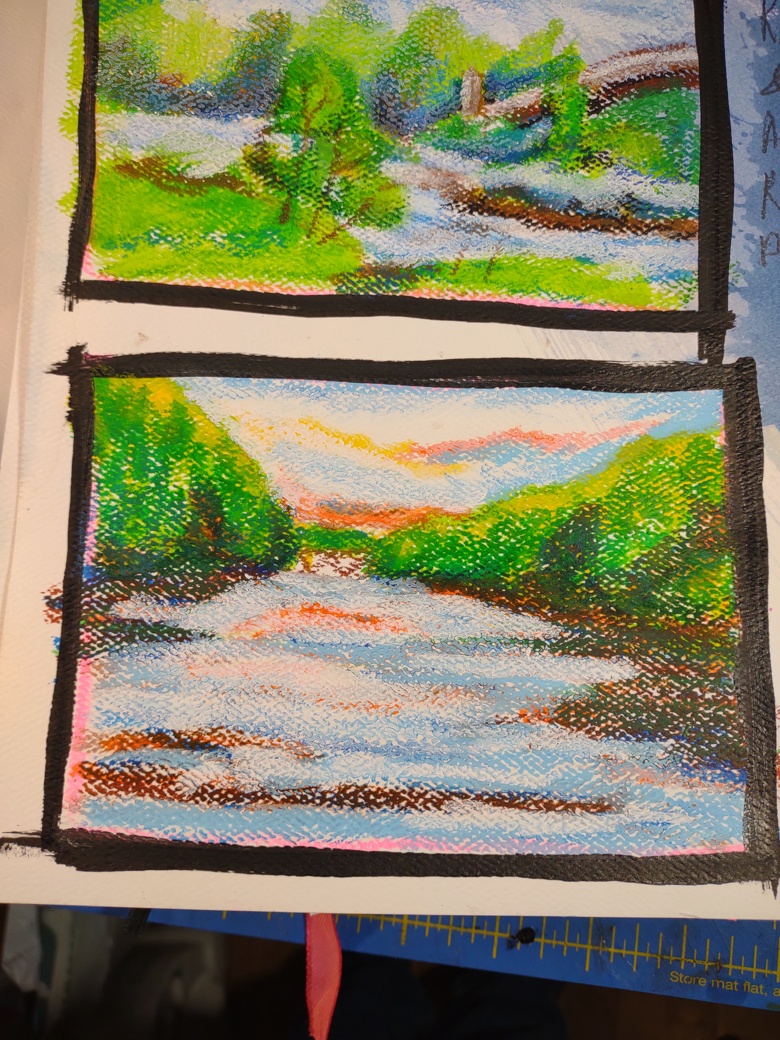
With a goal I can try different things with different materials.
Currently I’m feeling better about my landscapes in the kid’s tempera sticks but I attempted a landscape in watercolors and it was stiff and lacked the fun of the landscapes in the kid’s tempera sticks. So my new goal is to work on landscapes in watercolors but to explore making them feel loose and spontaneous and fun.